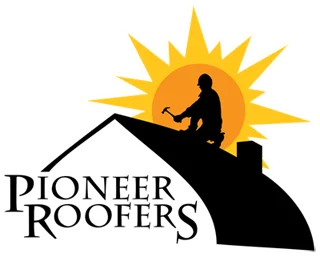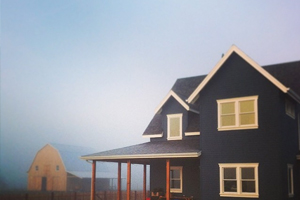If you are in the process of building a home or an office building of some kind, a roof is an important thing to add to the project. Deciding on the style of roof you want depends on a number of factors, including the weather conditions in the area, the type of building you are working on, and the price of installation, not to mention personal preferences. If you are trying to determine which roof style is right for you, the following overview should give you a general idea of what each style offers. Each type has its own disadvantages and advantages, so the ultimate decision will determine what benefits and drawbacks you get to deal with. No matter what type of roof you go for, you will need a professional roofing contractor to help you with installation and maintenance.
Pitched Roof
Pitched roofs are a traditional option that work great in a lot of residential areas. They are especially popular in areas that sustain high levels of versatile weather. Pitched roofs are the best option for areas that get heavy rain or snowfall, as they direct the precipitation away from the home and prevent standing water from weighing on the house. Many people prefer pitched roofs when it comes to appearance as well, as they are the more classic option for homes throughout the country. There are some issues you will have to face with pitched roofs, however, in that they are more expensive to install and you do not get as many design options. They are also not at all suited for tall office buildings that have multiple floors. However, pitched roofs are a great choice for your home or small business, as they are reliable and durable when it comes to weather conditions and normal wear and tear.
Flat Roof
Flat Roofs are great choices for areas that experience a lot of mild and warm weather. They are also very stylish, and can be designed in numerous ways depending on your personal taste. While the options for pitched roofs are limited, flat roofs are much more versatile. They are also less expensive to install. However, they do require more maintenance and need to be given attention every few years. They are also impractical for homes in areas where weather is severe, as the weight of heavy rain or snowfall could cause damage and leaks. In some extreme cases, cave ins can even occur.
No matter which choice you go with, you will have benefits and issues that you will have to deal with. When making your decision, base your choice on weather, cost, and design, as those are all factors to keep in mind.

